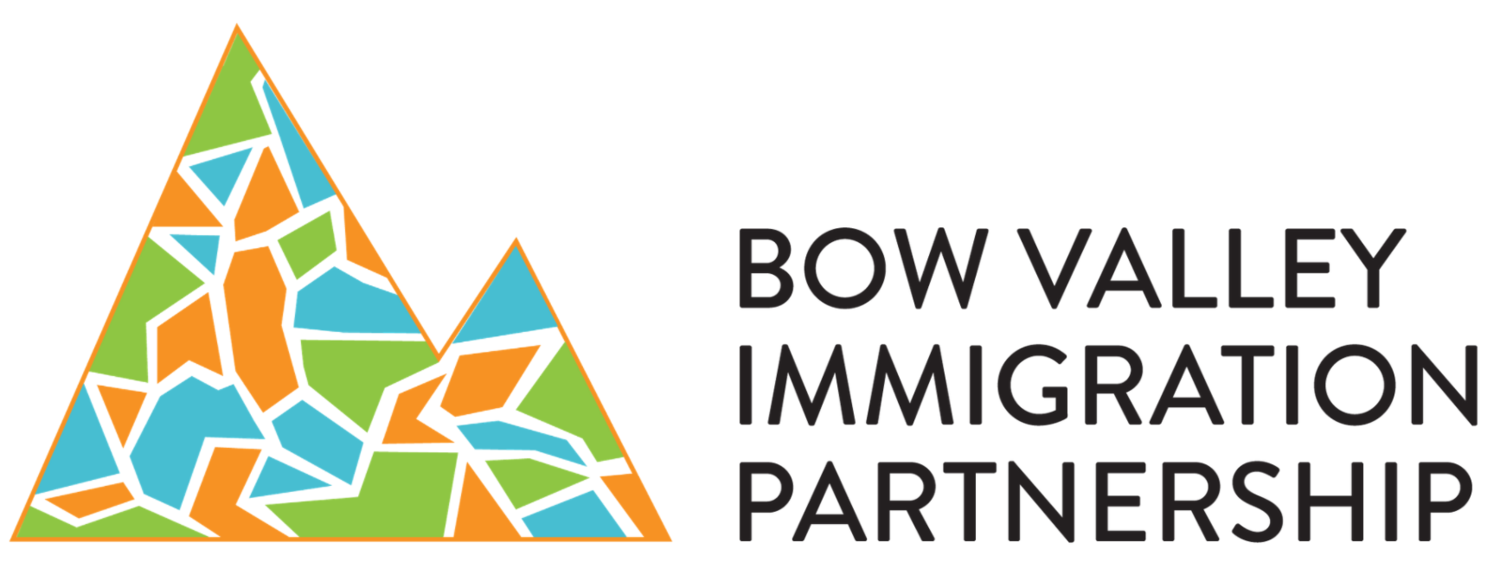Spotlight On Settlement In The Bow Valley
November 2021: Insights And Trends On Immigrant Settlement and Integration In The Bow Valley.
Spotlight on Settlement in the Bow Valley is published three times annually. Each publication highlights:
client service and support trends
examples of excellence in immigrant support within our communities
ideas and resources to support a welcoming Bow Valley
To learn more, please contact Settlement Services in the Bow Valley:
Phone: (403) 762-1144
Website: banff.ca/settlement
Facebook: Settlement Services in the Bow Valley
Client Service and Support Trends
Increased needs due to pandemic: Throughout the pandemic, many immigrant community members have been managing elevated levels of stress, related to employment, finances, health, housing, prolonged family separation, work permit expiration, and more.
Remarkable levels of resilience have been demonstrated through this sustained period of stress, grief, and loss, but we are also seeing increasingly complex situations requiring many levels of support. This trend is evidenced by the surge in interpretation and counselling services we are providing. In the last fiscal year, Settlement Services in the Bow Valley made 5x the number of anticipated counselling referrals and provided 12x the number of interpreter-supported services.
Complex needs: Settlement Services are typically accessed more often by Permanent Residents of Canada who are new to Canada and the Bow Valley. In recent months, however, we are also seeing more service requests from longer-term residents. This trend further illustrates the deep and complex nature of needs that have arisen during the pandemic.
Integration in Action
Community Events - The first annual Bow Valley Connect to Community Week was very successful with community partners hosting 26 free events reaching almost 200 local residents. The activities helped residents discover local resources, connect with newcomers, and celebrate the community. Events included a scavenger hunt, community walk, litter pick, and many online workshops. Thank you, organizers and attendees! To get involved in 2022 events, please email bvip@banff.ca
Inclusive Committees - Town of Canmore Council recently amended its committee bylaws to be more welcoming and inclusive. Now all Canmore residents over 18 can participate in municipal committees, regardless of immigration status. The language used to advertise those opportunities will be specifically written to invite participation of non-Citizens of Canada.
Workplace Inclusion - The 2021 Bow Valley Workplace Inclusion Charter is a toolkit and recognition program for local employers to create safer, healthier, more inclusive workplaces. Created together by local helping agencies and employers, the Charter program offers 17 practical and specific commitments businesses can take on to be recognized as Workplace Inclusion Champions. To learn more, please email natasha.lay@banff.ca.
Welcoming Communities
Examples of how Bow Valley service providers and employers can improve access and make services more welcoming:
Enrol in the Intercultural Competence Training - Bow Valley Immigration Partnership (BVIP) is offering a free 35 hour online training program on Intercultural Competence. Training includes learning how to work effectively with people from different cultures than your own and skills in facilitation to deliver intercultural training yourself. Enrolment closes on January 31st, 2022. See website for details: https://bvipartnership.com/icft
Watch short video resources on workplace inclusion here on topics including how to write land acknowledgements, retention strategies, and more.
Refer Permanent Residents of Canada to Settlement Services in the Bow Valley. This includes anyone who has applied for Permanent Residency or anyone welcoming family to Canada in 2022. Settlement Services offers comprehensive supports for all aspects of settlement and integration, including family reunification. Learn more: banff.ca/settlement





